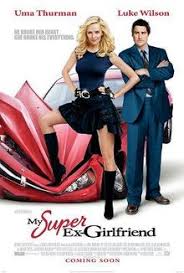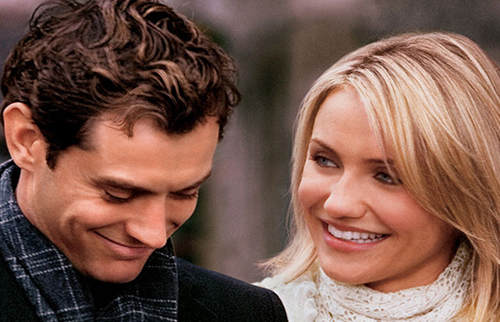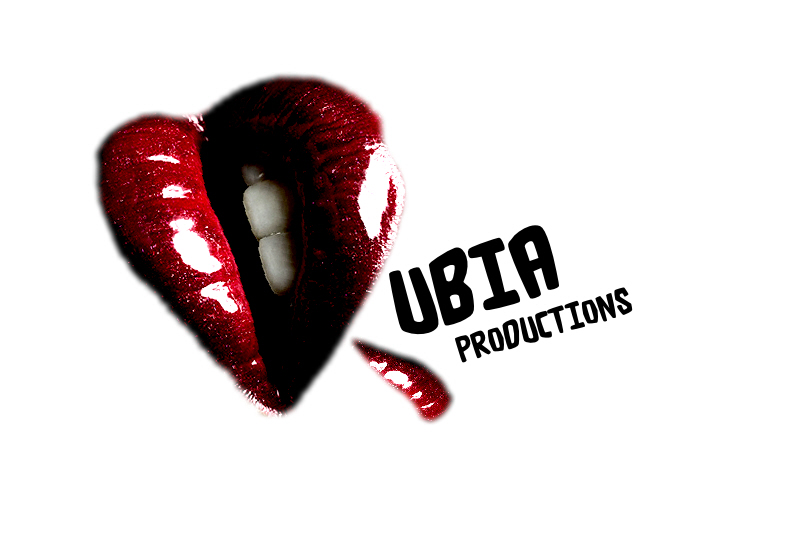Final Product
Saturday 26 November 2011
Research of Genre
Romantic comedies are a sub genre of comedy films as well as romantic films. They are centred on romantic ideals such as true love but are light hearted and have humorous plot lines in which two lovers are, in the end, united. These characters tend to be young, likeable and there are hints that the two would be a good match throughout the film yet they are kept apart by some complicating circumstance and don’t become romantically involved either because they believe that they do not like each other, because one of them already has a partner or because of social issues.
In Rom Coms the potential couple are often polar opposites, two people of different temperaments, situations or social statuses, or all three and would not usually be matched as a couple. It is not always two lead characters ending up in each other’s arms. Another love match may be made between one of the principal characters and a secondary character, for example, in ‘My Best Friend’s Wedding’ and ‘My Super Ex-Girlfriend’.
 This is more like the line that we are going down with our plot.
This is more like the line that we are going down with our plot.
A popular convention of romantic comedy films is the contrived encounter of two potential romantic partners in unusual or comic situations. A humorous sense of awkwardness between the two is made by depicting an initial clash of personalities or beliefs, an embarrassing situation, or by introducing a comical misunderstanding or mistaken identity situation. This circumstance has been called a ‘meet cute’ by film critics. The use of a ‘meet cute’ is less needed in television series’ and novels as these formats have more time to establish and develop romantic relationships. An example of this is in ‘The Holiday’ when Cameron Diaz’s character, Amanda, meets Jude Law’s character, Graham, after she swaps her Los Angeles home for a London house and Graham comes knocking after being at the pub in need of using his sister’s loo only to find that his sister was no longer there.

There is almost always a ‘Grand Gesture’ at the end for the couple to unite.
High key lighting and upbeat music is what is usually used in order to keep the film light-hearted.
In Rom Coms the potential couple are often polar opposites, two people of different temperaments, situations or social statuses, or all three and would not usually be matched as a couple. It is not always two lead characters ending up in each other’s arms. Another love match may be made between one of the principal characters and a secondary character, for example, in ‘My Best Friend’s Wedding’ and ‘My Super Ex-Girlfriend’.
A popular convention of romantic comedy films is the contrived encounter of two potential romantic partners in unusual or comic situations. A humorous sense of awkwardness between the two is made by depicting an initial clash of personalities or beliefs, an embarrassing situation, or by introducing a comical misunderstanding or mistaken identity situation. This circumstance has been called a ‘meet cute’ by film critics. The use of a ‘meet cute’ is less needed in television series’ and novels as these formats have more time to establish and develop romantic relationships. An example of this is in ‘The Holiday’ when Cameron Diaz’s character, Amanda, meets Jude Law’s character, Graham, after she swaps her Los Angeles home for a London house and Graham comes knocking after being at the pub in need of using his sister’s loo only to find that his sister was no longer there.

There is almost always a ‘Grand Gesture’ at the end for the couple to unite.
High key lighting and upbeat music is what is usually used in order to keep the film light-hearted.
Film Brief
We have chosen a rom-com made by an independent because it is aimed at young adults like us, so we could get into the topic.
Our film is about a young girl who falls in love with a boy. She tells her friend who works in a flower shop. Then the boy, the girl is in love with, goes to the flower shop to order flowers for his girlfriend and the other girl. The flower boy tells his friend that the boy has a girlfriend, but she doesn't believe him. She goes to the school the girlfriend and the boy go to and sees them together. She is very upset and goes to the flower shop to tell the boy what just happened. He chears her up, and they both fall in love with each other. The comedy in this film will come mainly from the embarrassing situations that the protagonist girl gets herself in and any clumsy incidents she has.
We wanted to film our opening scene so, that we see the whole time the girl getting dressed and how she starts her day.
The characters:
The girl: she is an advantaged girl who is in a different school then the others
The boy in the flower shop: he is the girl's friend
The boyfriend: he is a popular boy, and he tries to cheat on his girlfriend
The girlfriend: she is popular as well and she doesn't know anything about what happens
Titles Remake Task
We were set a task to create a remake of a film’s opening titles. Because this was set before we chose our film brief we picked ‘The Messenger’ to remake and therefore it is not appropriate to our film brief however it did challenge us to find appropriate text and effective editing techniques in order to re-create the scary effect of the original.
The Jelly Baby Task
The Jelly Baby Task allows us to clearly show key points in our plot and establish the roles of the main characters. Our genre is a romantic comedy.
We had to pick 10 shots which we felt were most important.
1. Girl getting ready shown by her looking in a mirror - this establishes our main character and is also the part of the film which we are going to use for our title sequence.
2. Walking down the street with the boy approaching her - this is a key moment in the play as it establishes the new relationship between two key characters and is also an opportunity for some humour in the way that the girl speaks to the boy, possibly making it quite awkward or embarrassing for herself.
3.Girl and boy talking with a heart around it and showing that they have exchanged numbers - shows that the boy and girl have an interest in eachother.
4. Girl telling friend (florist) about boy - this is an introduction of the friendship which in the end develops into a romance.
5. Boy goes to florist to buy flowers for two different girls - this shows a different side to the boy and causes the audience to prefer the friend to the current boyfriend.
6. The friend on the phone to the girl to warn her about the boy - creates a complicated circumstance for the two.
7. Girl goes to visit boy in school and finds him kissing the other girl - this causes a change in attitude for the girl
8. Girl crying - this is important as it makes the audience feel sympathetic for the girl
9. Girl goes to find friend to apologise for not believing him
10. Girl and friend realising their feelings for eachother -this is important to show the happy ending
Preliminary Dialogue Task
Our task was to film a dialogue between two people. There were given shots, we had to use. We had to use a shot – reverse shot, long shot and we had to use the 180° - rule.
We decided, that we wanted to use the school as a topic because it was easier to find a place to film it. We decided to make a dialogue between a teacher and the headmaster.
The teacher has a very complicated life at the moment and is very often late to school, so the children don't have a teacher for a longer period. The headmaster can't trust her anymore so he has to fire him.
Our establishing shot is on the headmaster (played by Ella) who is sitting in her office and looking annoyed on her watch because she is waiting for the teacher (played by Elisabeth). The next shot is on the teacher, who is coming from the steps to the door. She sorts out her outfit and opens the door. At this point, we used the shot – reverse shot because the next shot is a close up on the door handle. The next shot is a long shot on the headmaster's desk, where she sits behind and the door, where the teacher comes in. For the dialogue, we used the 180°-rule by turning the camera to the person who is talking. When we filmed the scene in the library, we put the camera on a tripod and filmed the dialogue two times. Each time, the camera was focused on one of them and the other's shoulder was in the corner of the screen. So when we edit the film, we only had to cut the scenes and put them together in the right order. At the beginning of the film, we added the sound of a watch to show, that the teacher is already late.
Above is a photo of our storyboard.
Subscribe to:
Posts (Atom)
